Why Buying Easy Balcony Air Angled Solar Panel Kits Matters Today
At first blush, the idea of buy easy balcony air angled solar panel kits seems straightforward—install a small solar setup on your balcony and capture the sun’s energy. But it’s actually a facet of a much bigger conversation: how we, as a global community, are embracing decentralized renewable energy sources to meet rising electricity demands and shrink our carbon footprints. According to the International Energy Agency (IEA), solar power has grown by leaps and bounds, with rooftop installations becoming a game-changer for urban sustainability. The rise of these easy-to-install balcony solar kits is a nod to this shift.
Understanding these kits means understanding a potential revolution in urban energy consumption. They’re designed to serve individual households, especially in dense city environments where traditional roof solar panels aren’t feasible. Beyond green bragging rights, they offer tangible benefits—from lowering electricity bills to empowering people in energy-poor regions.
Setting the Stage: The Global Movement Toward Accessible Solar Power
Let’s put this piece of tech into global context. Worldwide, urban populations are booming—United Nations data shows that by 2050, nearly 68% of people will live in cities. This puts enormous strain on power grids and demands scalable, user-friendly energy solutions. Here’s where balcony air angled solar panels kits come in. They don't just offer extra juice for your late-night Netflix binges; they help tackle the tricky challenge of integrating renewable power in crowded urban areas without the fuss of major roof retrofitting.
But problems stack up. Conventional solar installs require space, capital, and often professional setup. Enter the air angled kits—compact, lightweight panels that angle optimally to catch sunlight, often with modularity for easy expansion. They’re designed for quick assembly, minimal permits, and even seasonal adjustability — all very handy in cities with varying sun angles throughout the year.
Mini-takeaway: The significance of these kits is tied to global urban energy transition challenges and the drive for easily deployable clean energy units.
What Are Easy Balcony Air Angled Solar Panel Kits, Really?
Simply put, these kits are pre-packaged, user-friendly solar power solutions intended for balconies or small outdoor spaces. The “air angled” bit references their installation design—a frame or mounting system that positions solar panels at a specific inclined angle in open air, maximizing exposure to sunlight and airflow to prevent overheating.
More than just a neat gadget, these kits blend solar photovoltaic (PV) technology with smart design for real-world urban use. They're particularly suited for renters, apartment dwellers, or anyone without roof access but wanting to harness solar energy. They usually include solar panels, mounting frames, wiring cables, and sometimes micro-inverters or battery packs, ready for a relatively straightforward DIY install.
In humanitarian terms, these systems empower populations in high-density, energy-insecure areas by offering clean, reliable supplemental energy. That way, they tie into broader goals—sustainable development, energy access, and climate resilience.
Mini-takeaway: These kits provide easy, air-angled solar setups optimized for balcony installation, bridging renewable energy access gaps in urban and humanitarian contexts.
Core Components and Considerations When Buying
Durability & Weather Resistance
Many engineers point out that urban environments throw all kinds of curveballs at solar devices—wind gusts, rain, dust, pollution. Quality kits use corrosion-resistant frames (often anodized aluminum), tempered glass panels, and watertight junction boxes. Airflow design helps cool the panels naturally, enhancing lifespan and efficiency.
Efficiency & Panel Type
Solar panels in these kits typically range between monocrystalline and polycrystalline cells. Monocrystalline panels boast higher efficiency (roughly 18-22%), translating to better energy generation from limited balcony space. It’s a classic trade-off: monocrystalline panels cost a little more but pack more punch per square foot.
Installation Ease & Flexibility
The hallmark of these kits is straightforward assembly — clip-on mounts, adjustable brackets, and minimal wiring. Some even allow seasonal angle adjustments, which can boost total yearly output by 10-15% in certain latitudes. This flexibility is key since balconies face all sorts of directions and structural quirks.
Scalability & Integration
Good kits aren’t static — they accommodate add-ons like battery storage or smart energy meters. So, over time, you might scale up your system or integrate it with a smart home setup. This adaptability increases long-term value and lets users tailor power generation to changing needs.
Safety and Certification Standards
Look for UL, IEC, or CE certifications to guarantee adherence to electrical safety and quality standards. Since many kits connect directly to home electrical circuits or the grid, compliance is non-negotiable for insurance and personal safety.
| Specification |
Typical Value |
Comment |
| Panel Type |
Monocrystalline |
Better efficiency for limited space |
| Power Output per Panel |
100-150 W |
Based on size ~1m² panels |
| Mounting Angle |
25° - 35° adjustable |
Optimizes solar gain by region |
| Weight |
8-12 kg per panel |
Light enough for balcony mounts |
| Warranty |
10-15 years |
Typical for most reliable panels |
Mini-takeaway: When you buy easy balcony air angled solar panel kits, inspect durability, efficiency, installation quirks, scalability, and safety certifications for best long-term performance.
Worldwide Use Cases: Where Are These Kits Making a Difference?
- Europe: Cities like Berlin and Amsterdam promote balcony solar kits as part of their urban sustainability goals, helping tenants reduce energy costs creatively despite rental restrictions.
- Asia: Dense metropolises such as Tokyo and Seoul utilize these kits to give residents a foothold in renewable energy without huge structural overhauls.
- Post-disaster Zones: NGOs employ them in cleanup and recovery stages where grid power is damaged, providing immediate off-grid power for communication and medical devices.
- Remote Industry Sites: Small-scale units power wireless monitoring stations or off-grid sensors on industrial balconies or platforms.
Want anecdotal proof? A family in urban Madrid shared that after installing a balcony panel kit, they trimmed their electricity bill by nearly 15% annually. And they never had to worry about the fiddly permitting processes typical of rooftop arrays — all done in a weekend.
Mini-takeaway: Balcony solar kits shine in diverse settings—from major cities to disaster relief—where compact, flexible green energy matters most.
The Long Game: Advantages & Lasting Value
Cost savings, environmental impact, and ease of use are clear benefits. But there’s something deeper. These kits often evoke a sense of control and pride—owning a small piece of the energy puzzle in a world where resources feel distant and complex.
Long-term value lies in:
- Lowered Energy Bills: The most obvious win. Even a modest 100 W panel offsets usage and eases monthly costs.
- Reduced Carbon Footprint: Supporting cleaner energy production fosters a healthier planet.
- Energy Security: By decentralizing generation, users buffer some dependency on aging infrastructure and grid outages.
- Social Impact: Especially in resource-challenged areas, these kits restore dignity and opportunity.
What’s Next? Emerging Innovations and Sustainable Trends
Renewables tech never sleeps. Expect to see:
- Lighter, More Flexible Panels: Perovskite and organic solar materials could make balcony kits slimmer and even more efficient.
- Smart Automation: AI-powered angle adjustment frames may optimize energy collection dynamically throughout the day.
- Integrated Storage Solutions: Affordable battery packs or energy-sharing grids for apartment complexes.
- Policy Incentives: Many cities are beginning to incentivize these small-scale renewables with subsidies or streamlined permits.
Common Challenges—and How Experts Suggest Tackling Them
Of course, a few hurdles exist:
- Structural Limitations: Not all balconies are balcony-proof for weight or mounting stability. Pro advice? Always check load specs and seek professional structural evaluation.
- Shading & Orientation: Urban canyons or neighboring buildings can block sunlight, killing efficiency. Solutions include higher mounting or using bifacial panels that capture reflected light.
- Interconnection Regulations: Rules vary wildly on grid tie-ins. Early buyers are advised to consult local utility policies to avoid surprises.
Vendor Comparison: Which Brand Fits Your Balcony Best?
| Brand |
Power Range |
Installation Complexity |
Warranty |
Price Range |
| SunBalco |
100-140W |
Very Easy (DIY) |
12 years |
$$$ |
| AirEdge Solar |
120-150W |
Requires Minimal Tools |
10 years |
$$$$ |
| EcoBalcony Kits |
90-130W |
Moderate, Some Assembly |
15 years |
$$ |
FAQ: Buying Easy Balcony Air Angled Solar Panel Kits
Q1: Are these balcony solar kits compatible with all apartment types?
A1: Most balcony solar kits are designed with flexibility in mind, but installation depends on the balcony’s structure, weight limits, and local building codes. It’s wise to consult your landlord or property manager and ensure your balcony can safely hold the panels and mounts.
Q2: How much electricity can I realistically generate with these kits?
A2: Typically, a 100-150 watt panel can generate around 100-150 kWh per year, depending on your location, shading, and panel orientation. This might cover small household needs such as phone charging, lighting, or supplementing your meter rather than powering an entire apartment.
Q3: Is professional installation necessary?
A3: Many kits are designed for DIY installation with clear instructions, but if you’re unfamiliar with electrical work or local regulations, hiring a professional is recommended. This also ensures compliance with grid connection rules and safety standards.
Q4: Can these solar kits be expanded later?
A4: Absolutely. Most easy balcony solar systems have modular designs that allow additional panels or battery packs to be added as needed, providing flexibility as your energy needs evolve.
A5: It’s best to choose vendors with verified certifications, solid warranties, and good customer support. Sites like TSUN ESS offer popular options with comprehensive specs and support tailored for urban solar adoption.
In Conclusion: Why It’s Time to Consider Balcony Solar
If you’ve ever toyed with the idea of greener living but felt stymied by apartment life or limited space, buy easy balcony air angled solar panel kits might just be the answer. They unlock real energy savings, reduce carbon footprints, and help shift the balance towards decentralized, user-empowered renewables. The technology is evolving fast—and frankly, it feels like a small but powerful act of autonomy in a world increasingly aware of energy security and climate urgency.
Thinking of taking the plunge? Visit https://www.tsun-ess.com and explore the latest kits that fit your lifestyle and space.
---
References:
- International Energy Agency (IEA), Renewables Report 2023
- United Nations, World Urbanization Prospects 2018
- Wikipedia: Solar Panel
 LEARN DETAILS
LEARN DETAILS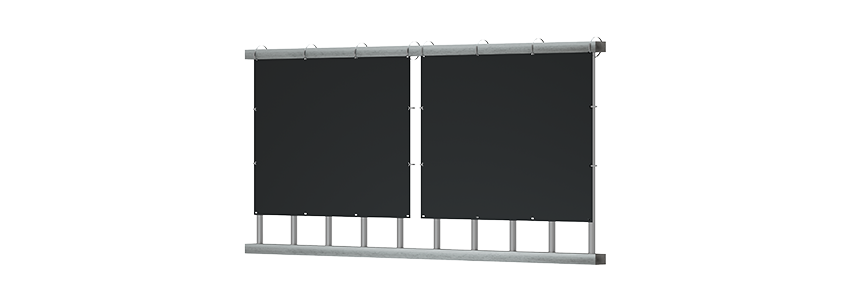
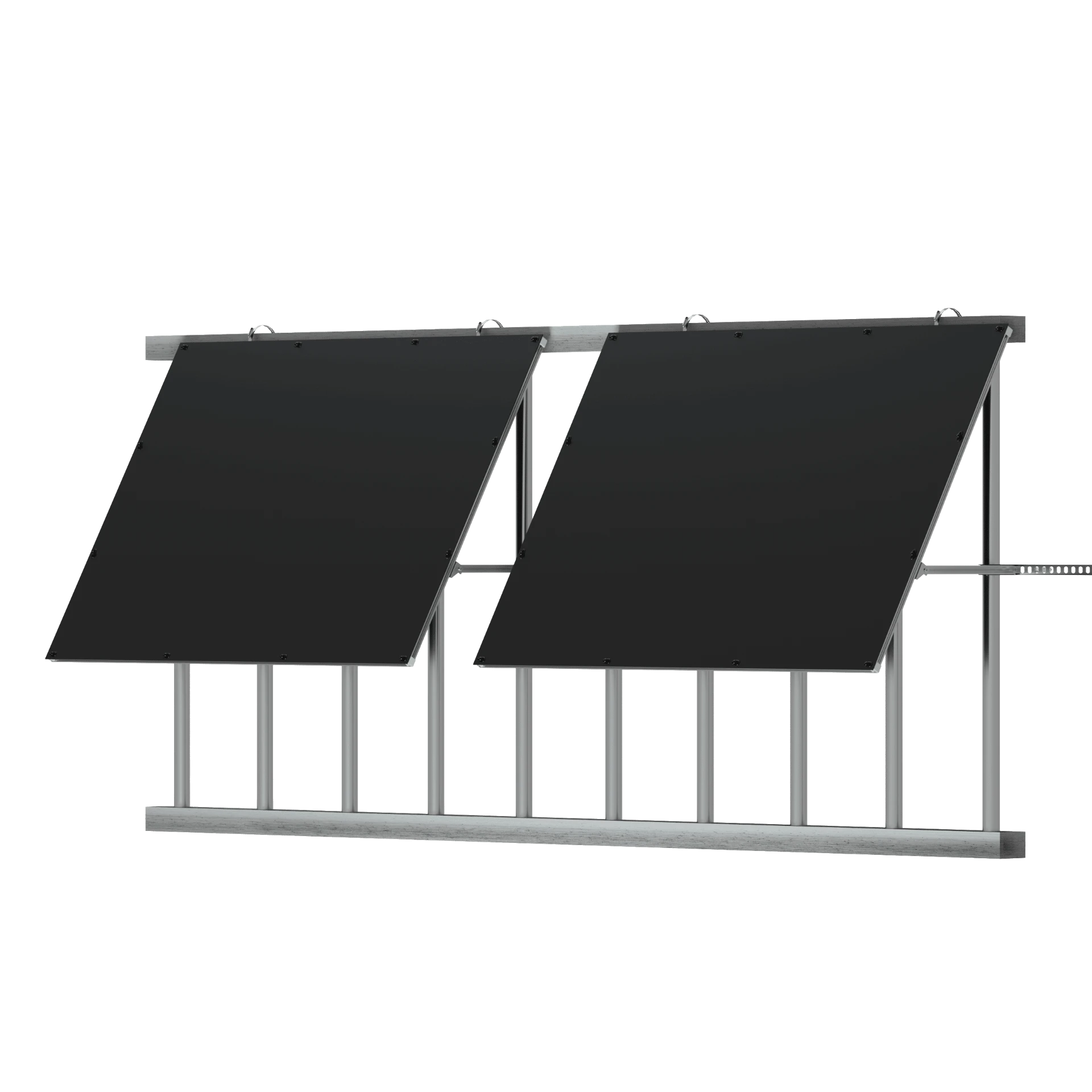



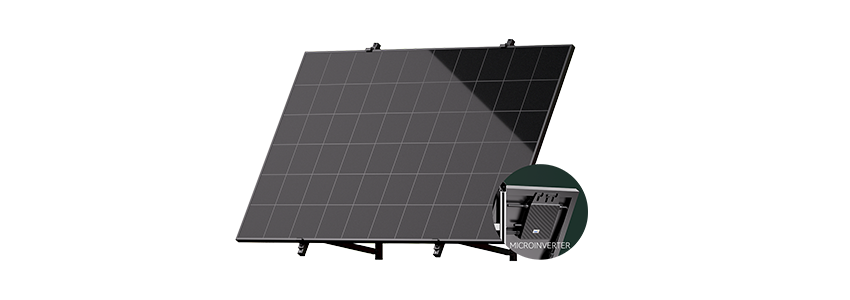
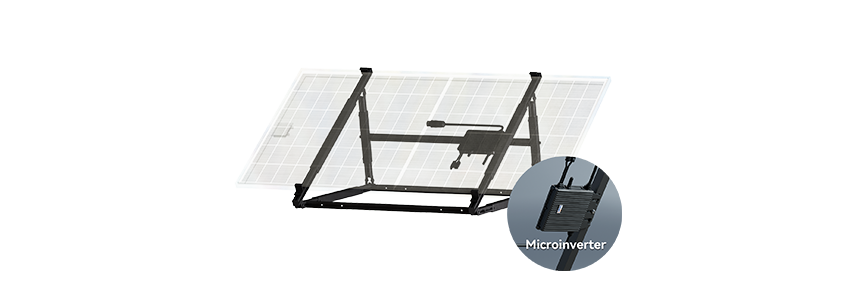
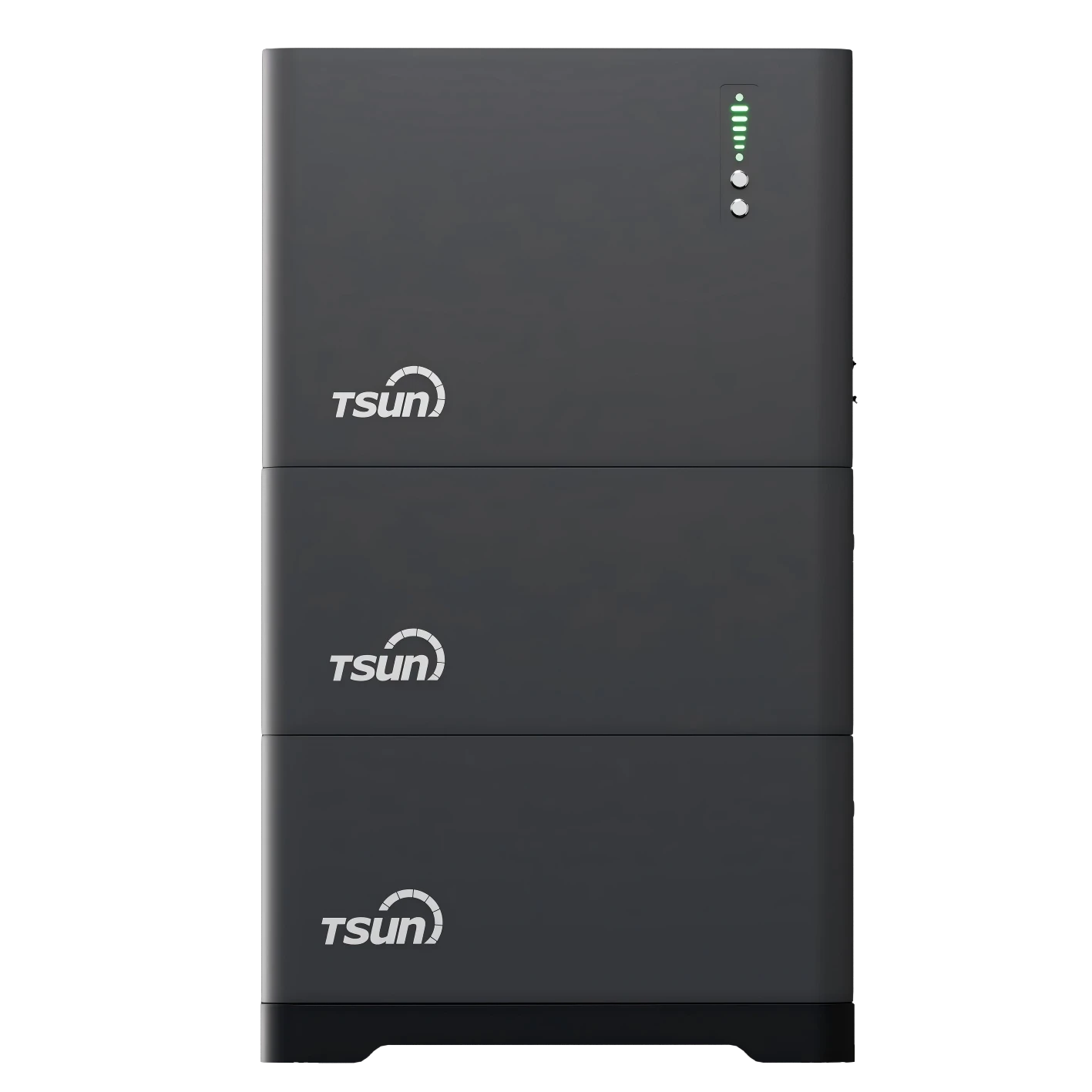
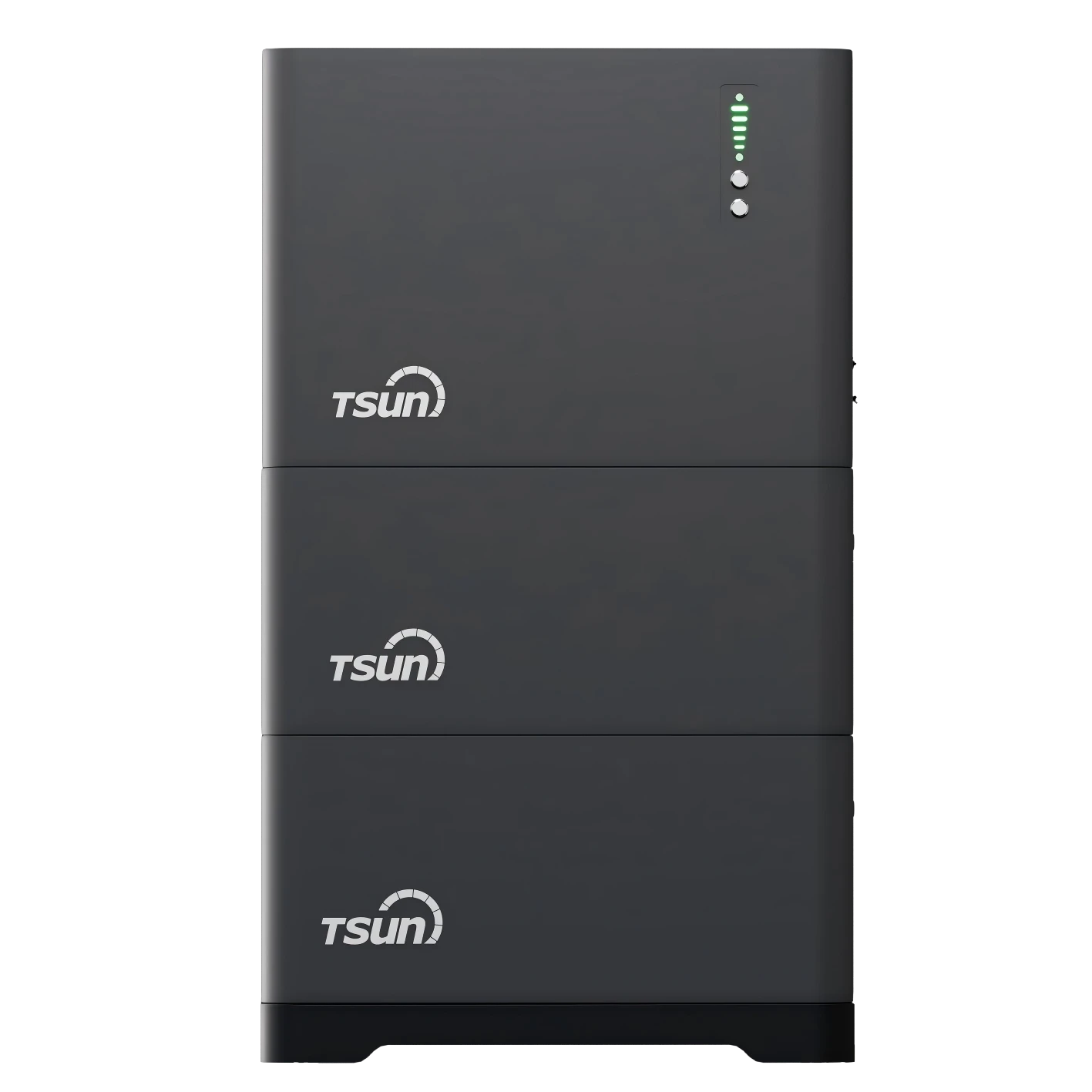
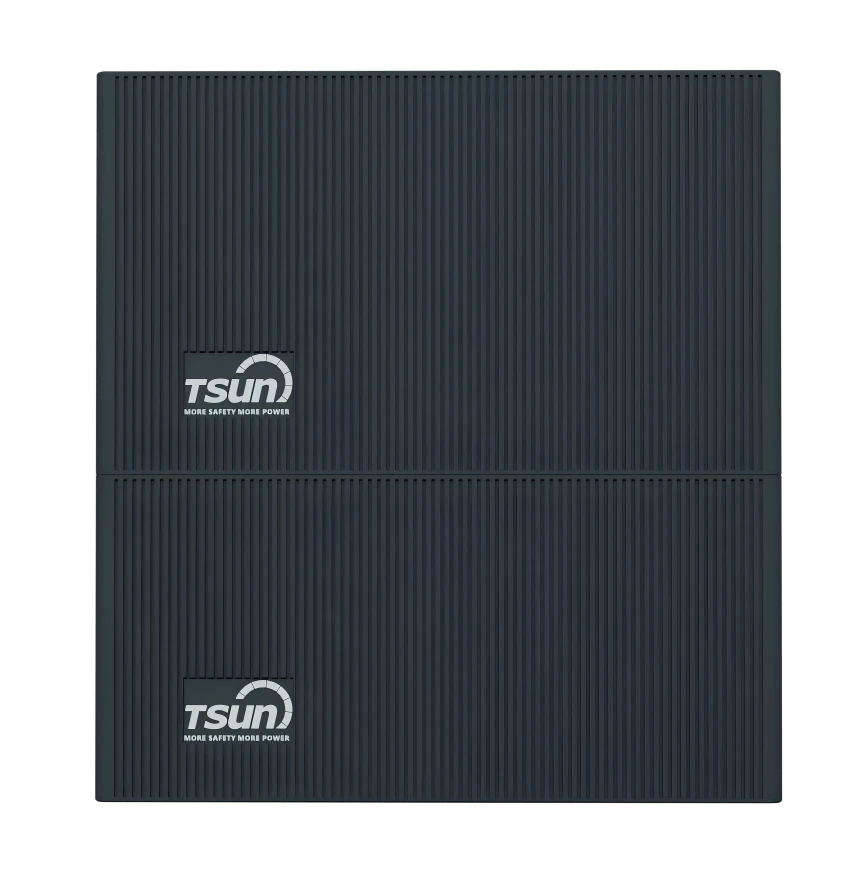

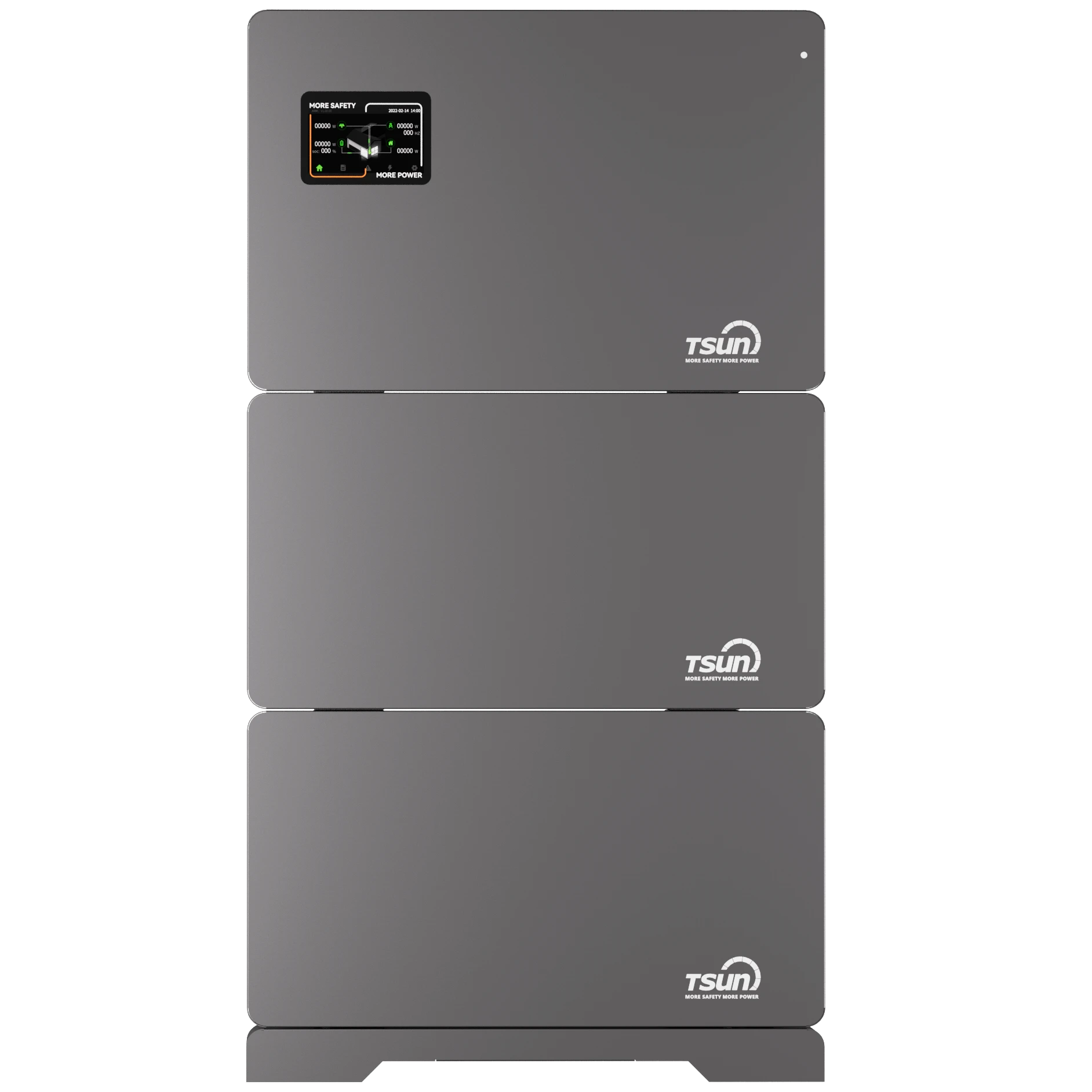



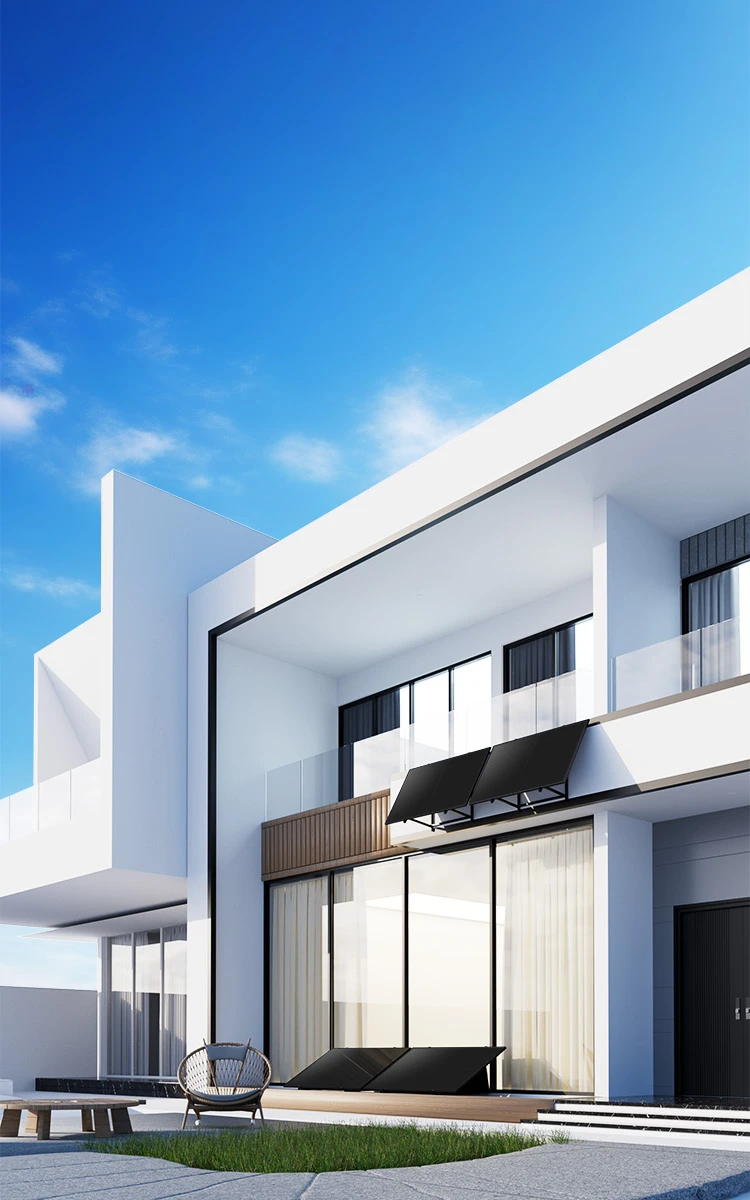
 LEARN DETAILS
LEARN DETAILS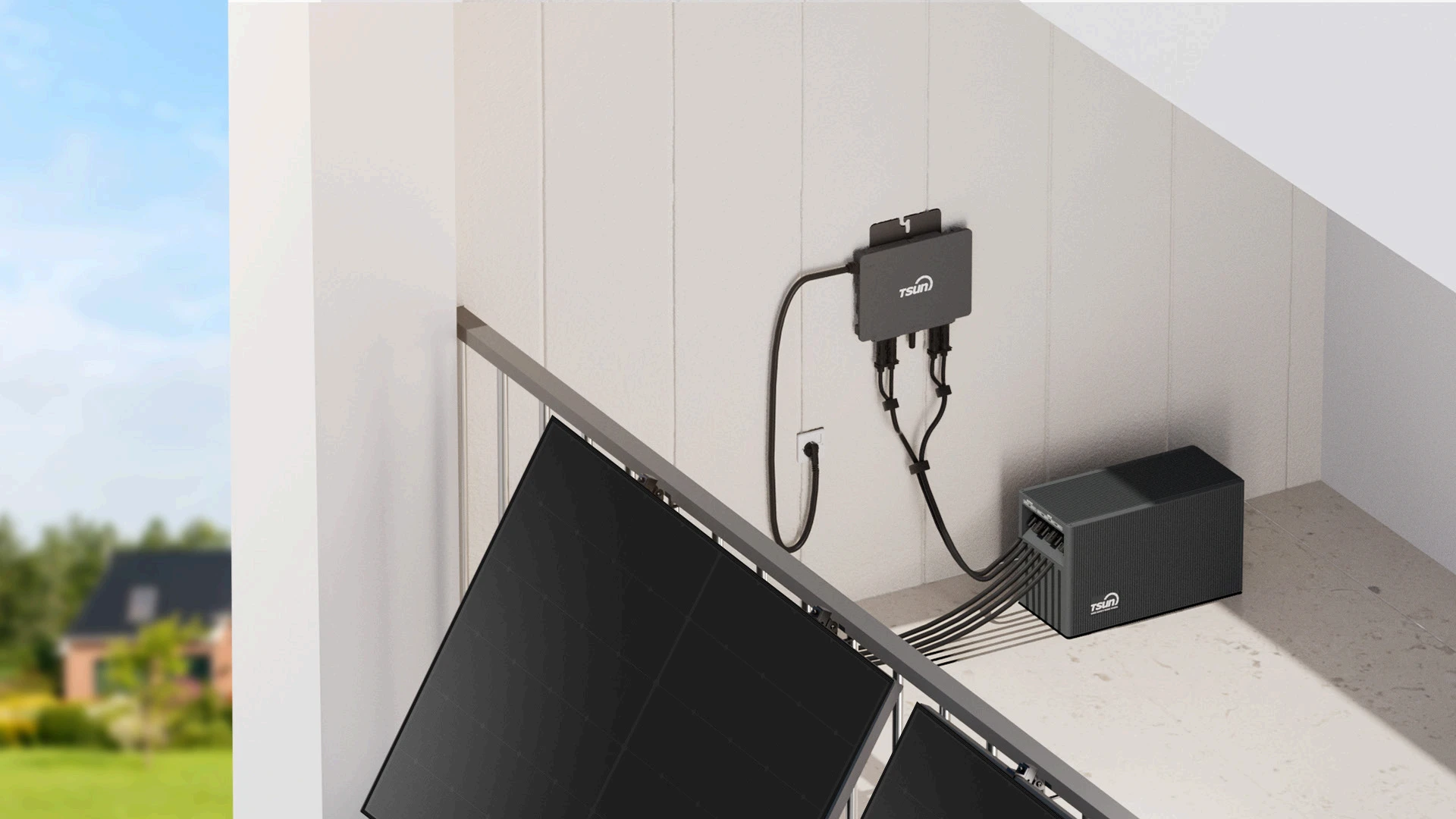
 LEARN DETAILS
LEARN DETAILS
 LEARN DETAILS
LEARN DETAILS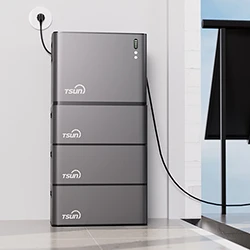
 LEARN DETAILS
LEARN DETAILS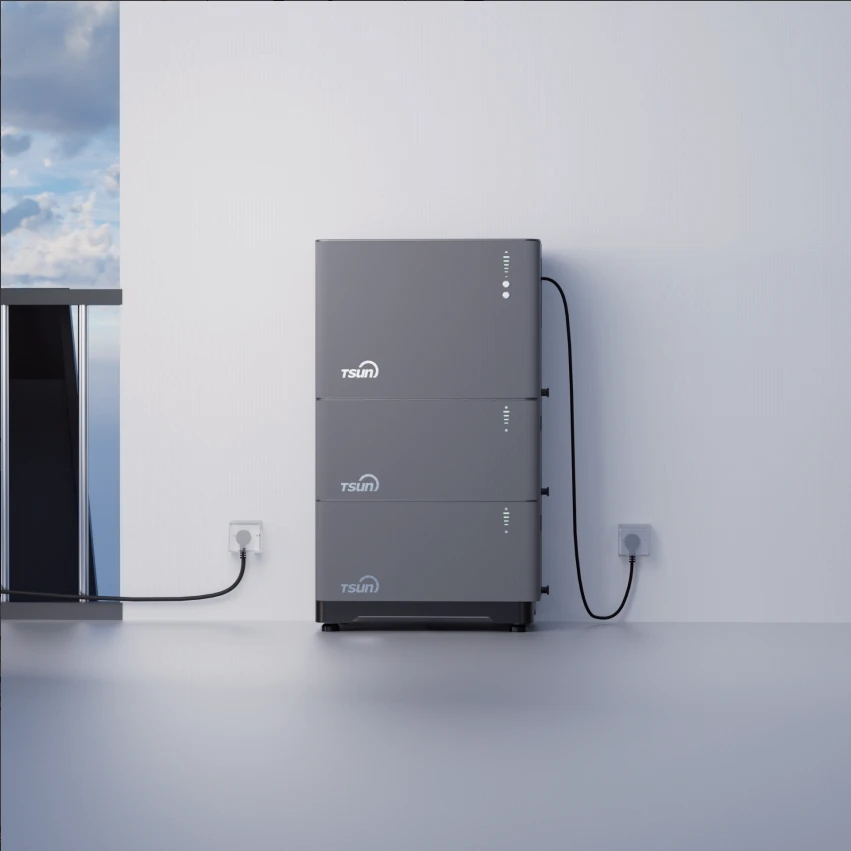
 LEARN DETAILS
LEARN DETAILS

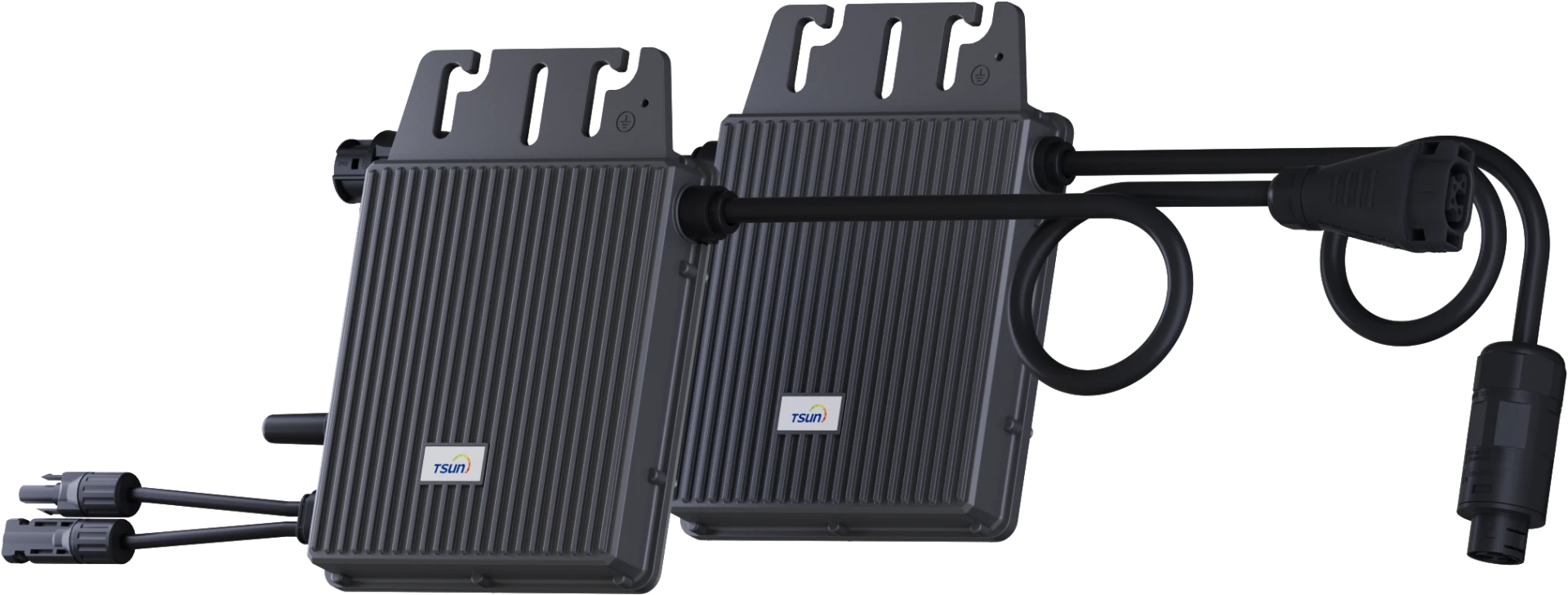

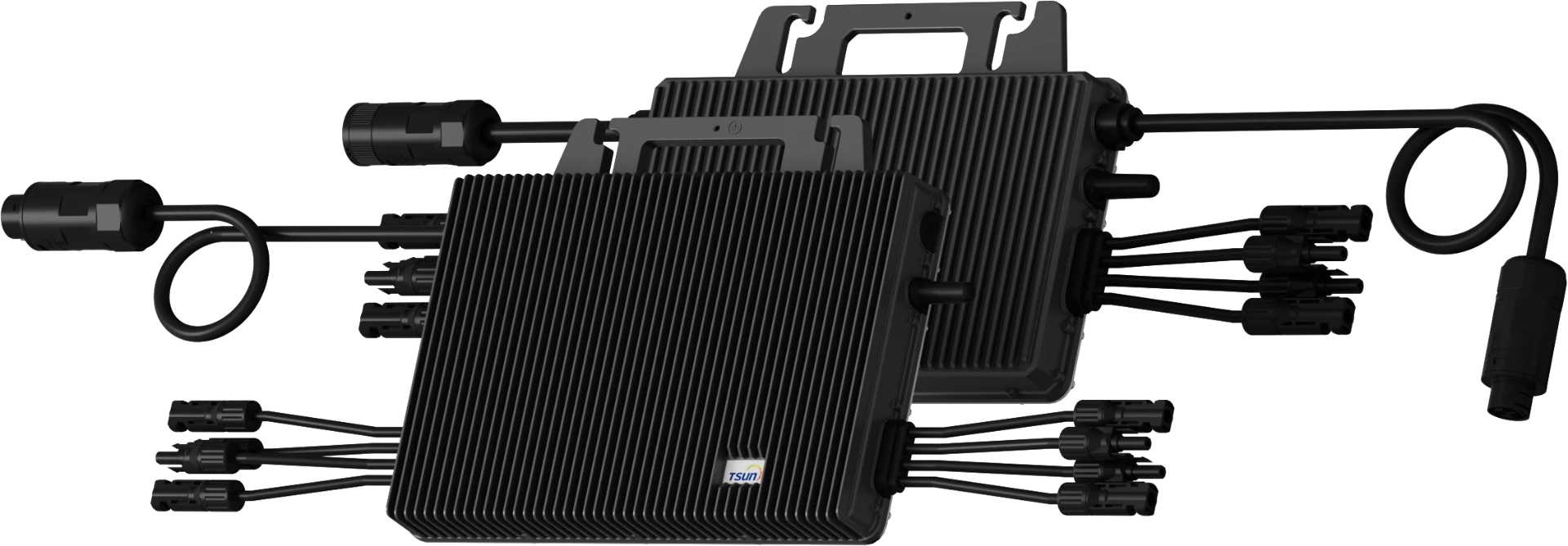
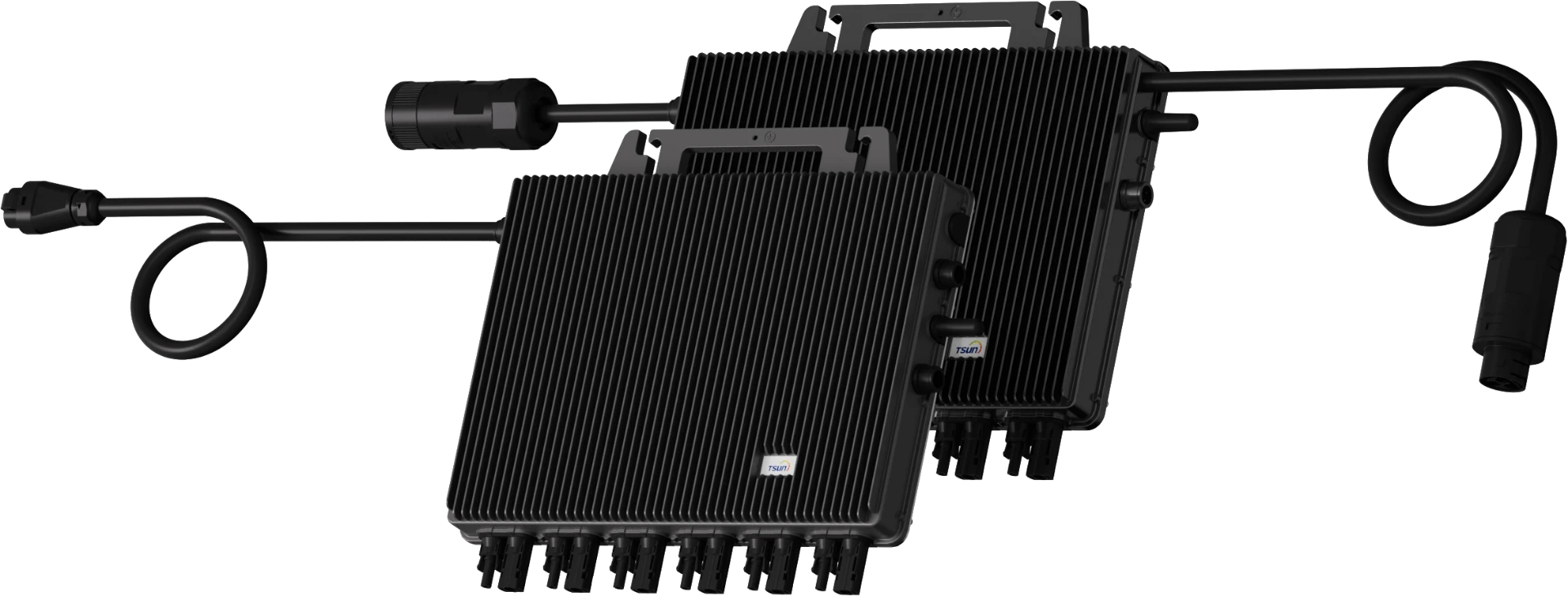
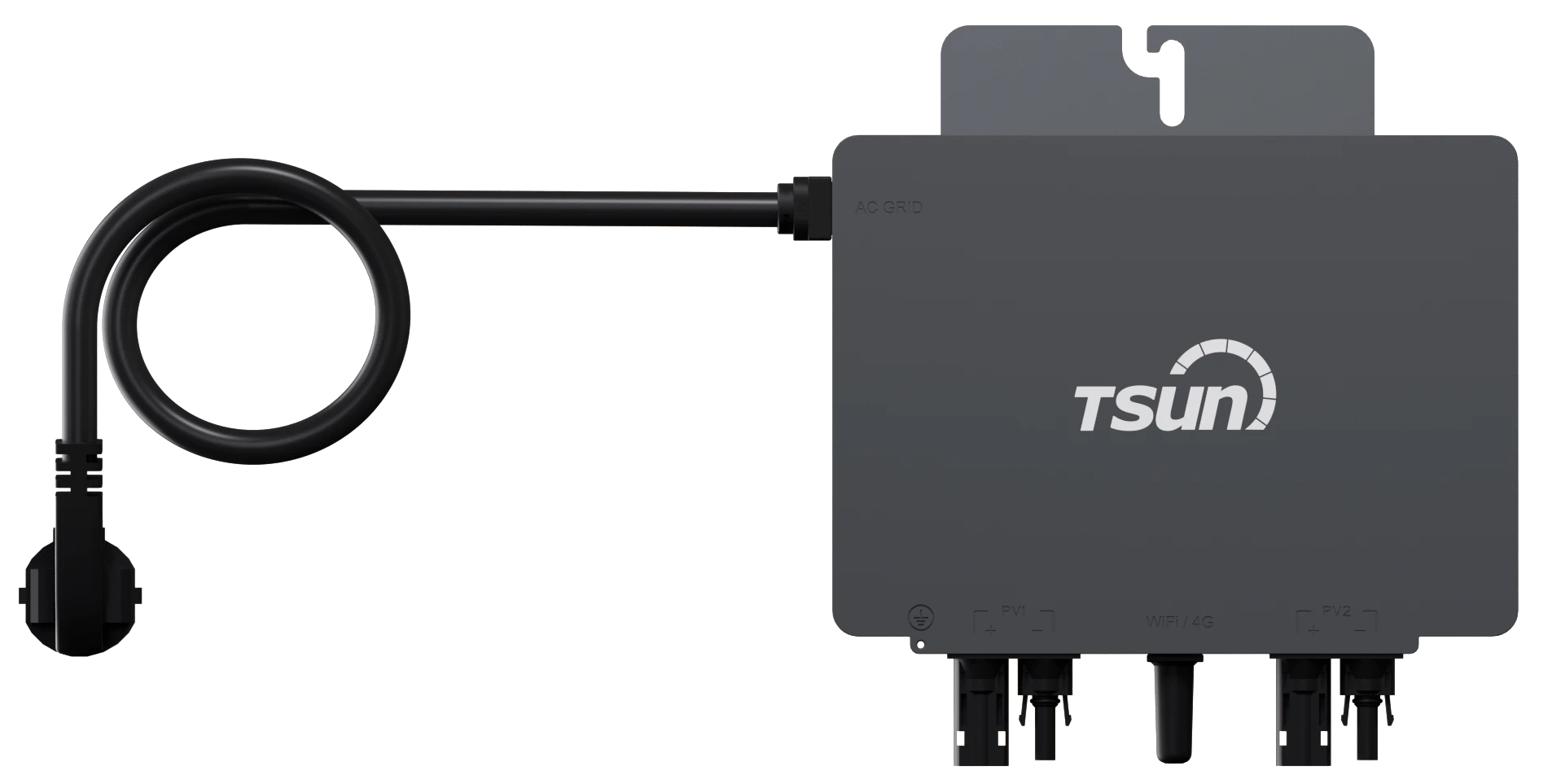
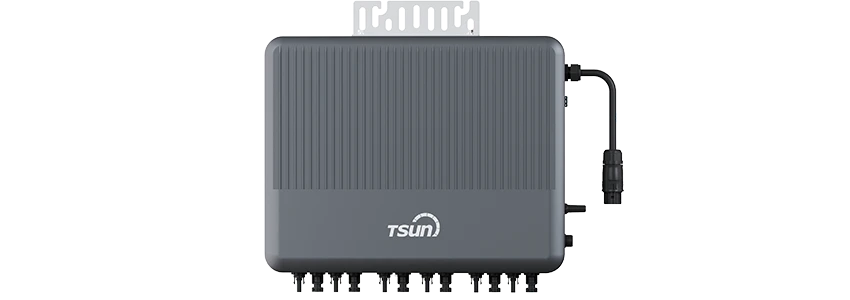
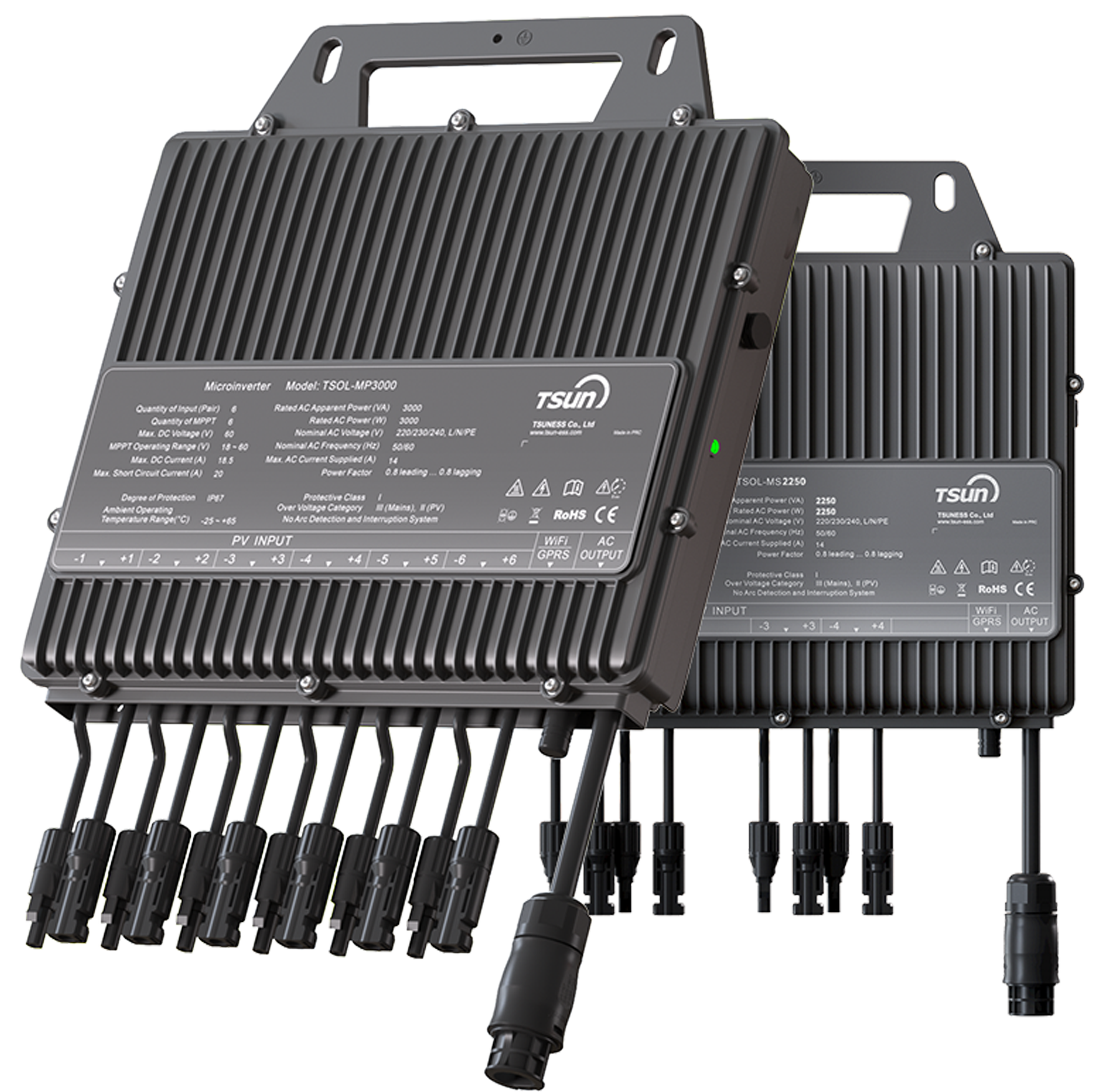


 Downloads
Downloads Video Center
Video Center Report Fault for Repair
Report Fault for Repair FAQS
FAQS Service Network
Service Network Privacy Policy
Privacy Policy Contact Us
Contact Us Monitoring
Monitoring


 LEARN MORE
LEARN MORE








